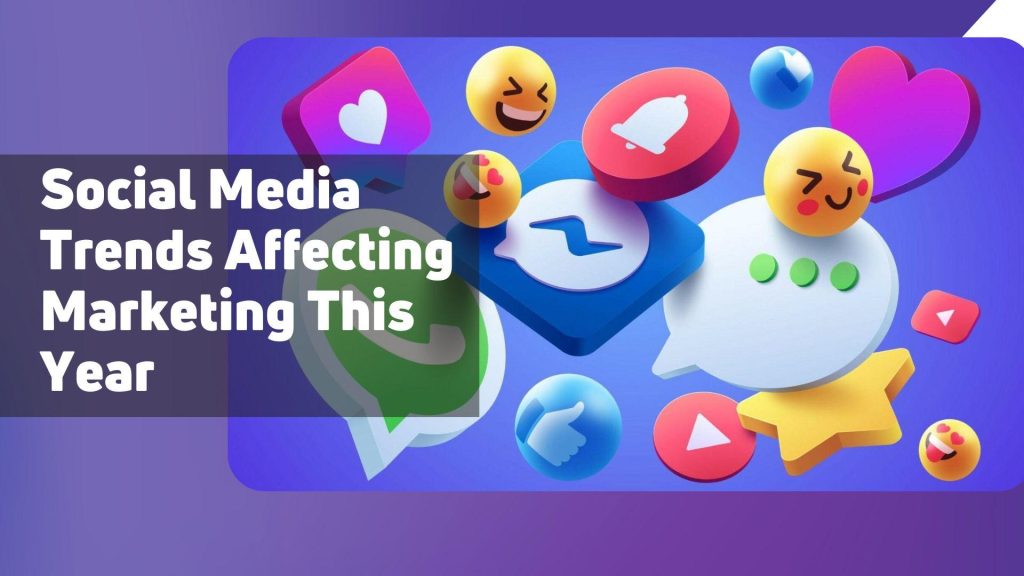There have been major shifts in marketing practices, although brands have been using social media to advertise their products and services for over two decades.
New developments are on marketers’ necks to always update their tactics.
In a conference, the global head of market insights at market research company NetBase Quid, Mike Baglietto, said,
“Things are changing Fast. Things are incredibly complex. Finding these unmet needs and shifts in customer behavior is becoming important for our businesses to succeed. We need to be able to sift through information quickly to find these insights to help drive our strategy.”
Sadly, normal methods of social media analysis are no more working. Baglietto said they’re wearisome, hard, and in today’s world, no longer work:
“This is partly because there’s so much data, but also because it’s siloed in several different systems with disjointed workflows.”
More marketers are pursuing the latest ideas and technologies to assist them in getting ready for social marketing changes approaching in addition to these varying data problems. Below are three vital social media trends to consider to assist you with this:
- Virtual and augmented reality technologies
In the same conference, Harvey Rañola of NetBase Quid said,
“There have been many changes to how people interact on social channels. One of the things we’ve been seeing as an emerging trend even before Facebook decided to rebrand their corporate entity as Meta is augmented reality.”
Further speaking, Harvey said,
” Before that, we already saw these trends in how brands were engaging with potential customers, enabling them to try out their products virtually.”
Harvey focused on Ikea’s virtual design rooms, allowing customers to design the furniture they had in their online inventory using an AR interface. Nike, well known as a successful brand, and other successful brands, took advantage of technologies to let people to measure their feet and test shoes virtually.
With new technologies, brands now have the chance to advance customer participation. Below are some VR and other metaverse technologies brands can look into carrying out to advance social media transactions:
- Photo filters showing your brand’s logo,
- Potential tours of places of customer concern,
- QR codes that engage users in AR experiences when scanned.
- Personalized marketing content
More than ever, brands have started preferring unique content. VR/AR is not the only main trend wavering around social spaces.
According to Harvey,
“Personalization is something we are all familiar with … At the heart of it is delivering relevant content to your users. They expect their content to be relevant, and that encourages them to engage with you.”
Today, unique content is what Consumers want, particularly on their social channels.
Sprout Social reported that 61% of consumers want companies to give unique experiences on social media based on former brand interactions, and companies reading and analyzing what they share on social media is what 59% want.
Then again, when it comes to personalizing social media content, marketers walk a fine line — brands can unknowingly go into disturbing ways of interaction when making use of data consumers do not know has been shared.
CheetahDigital guided a study that discovered that approximately 52% of social media users find ads based on the latest shopping experiences from other sites.
The best personalized social content is extremely significant based on the information users have agreed to share with brands. This builds trust with consumers and prompts higher engagement levels with increasingly niche audiences.
Harvey said,
“When we think about the type of content being talked about and streamed on Facebook and Instagram, most of these are related to people’s interests. The ways people are consuming content are becoming extremely niche.”
- Marketing influencers and detractors
The process by which brands use external content creators to pass their messages is called Influencer marketing.
Many brands have discovered influencers’ less scripted styles to be more captivating to consumers.
According to Harvey,
“Influencers continue to be a very important part of what your marketing program should look Like.”
Referring to an Adweek influencer study, which discovered that influencer marketing increased ROI, Harvey said companies make nearly $6.50 for every dollar spent.
Nevertheless, the gain surpasses advanced profits — a survey from Matter Communications found that consumers trust influencers more than the brands themselves most times.
He said,
“The influencers and their clout with their followers go hand-in-hand with the personalization of content and driving engagement. These influencers are not going to be going away anytime soon…Influencers are key to unlocking better ROI and gaining greater reach within your space.”
Marketers with the best opportunity to win in the wake of social media trends in 2022 and beyond are ready to personalize digital interactions via the latest influencing strategies and technologies.

